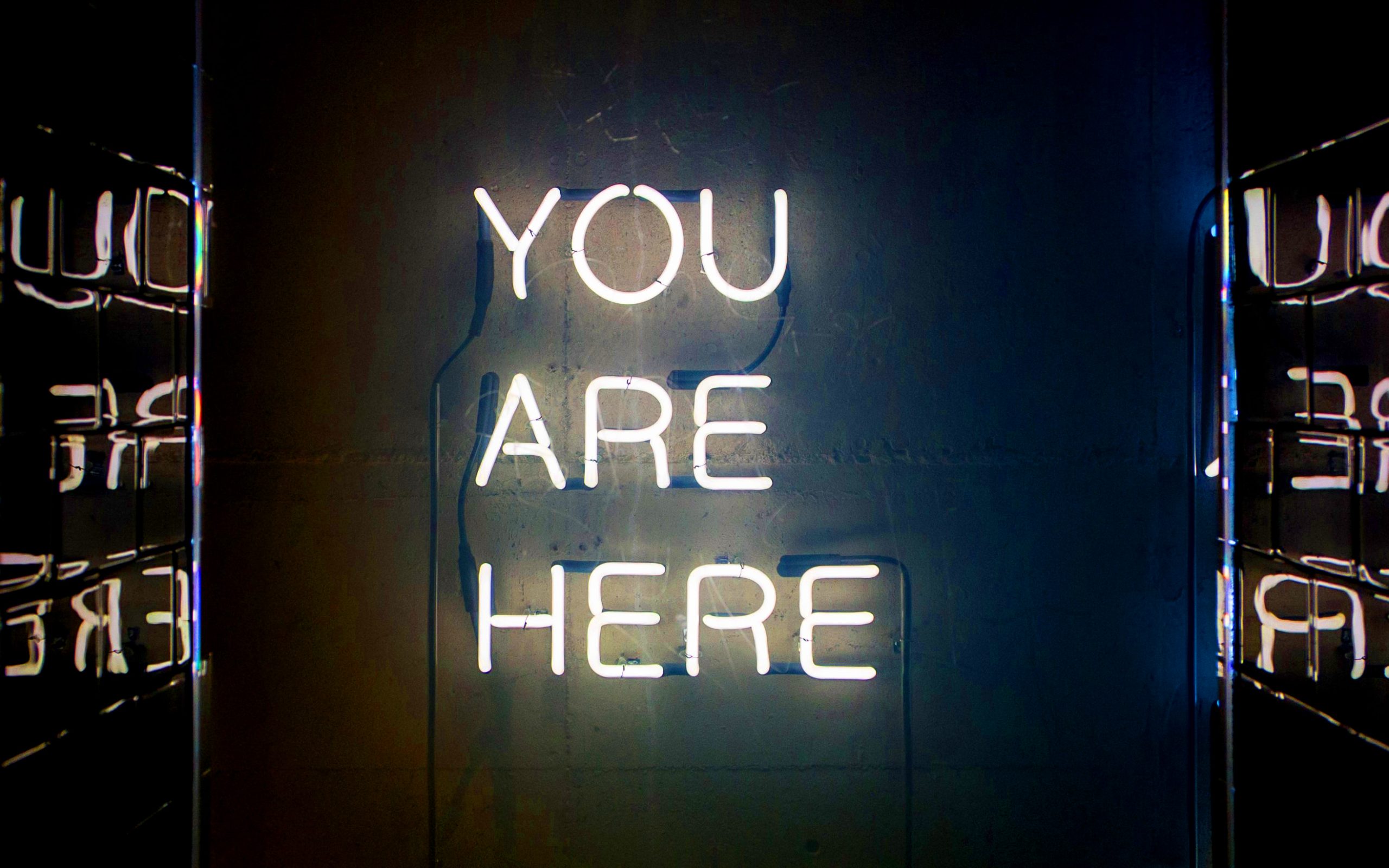What does it look like for a cultural institution to truly open its doors? How does a cultural institution best reflect the interests of the communities that surround it? How can it truly ensure diversity, equity, and access?
The COVID-19 pandemic has dramatically shifted how we engage with each other and the world, but perhaps an even more profound shift is underway as institutions address the urgent cry for greater diversity, equity, and inclusion. Many are just beginning this process; there is much work ahead.
What we measure matters.
In our work with leading museums over the past several decades, it has been interesting to see how they have historically benchmarked themselves. They tend to be comparative—benchmarking against other leading institutions nationally and abroad. As in professional sports, they typically view their peers as other teams rather than local audiences.
This view generates a particular kind of metric: scale of endowment, facilities, collections, and overall attendance numbers are all examples. While these are certainly valid, we can see that much is not being measured. And what we measure matters.
Local First.
To understand what is missing, we must look across the street as well as across the globe. We must flip the typical benchmarking equation on its head to ask questions that are what we call “Local First”:
- What are the biases that create barriers?
- Does the institution understand the needs of its surrounding communities?
- Do these communities feel welcome in the institution? Do they hold a sense of shared ownership and connection to it?
- Does it, in perception and practice, feel like it is of that place?
Our museums really are the right institutions to take up the Local First mandate. They have the power to break down the invisible walls that tower around “high culture” and become the truest manifestation of themselves: as civic living rooms, open to all, that celebrate creativity, community, and the exchange of ideas. This will not be easy. It will require rethinking vision, operating assumptions, programming, and most certainly, brand. It will require rethinking what they are measuring and why.

